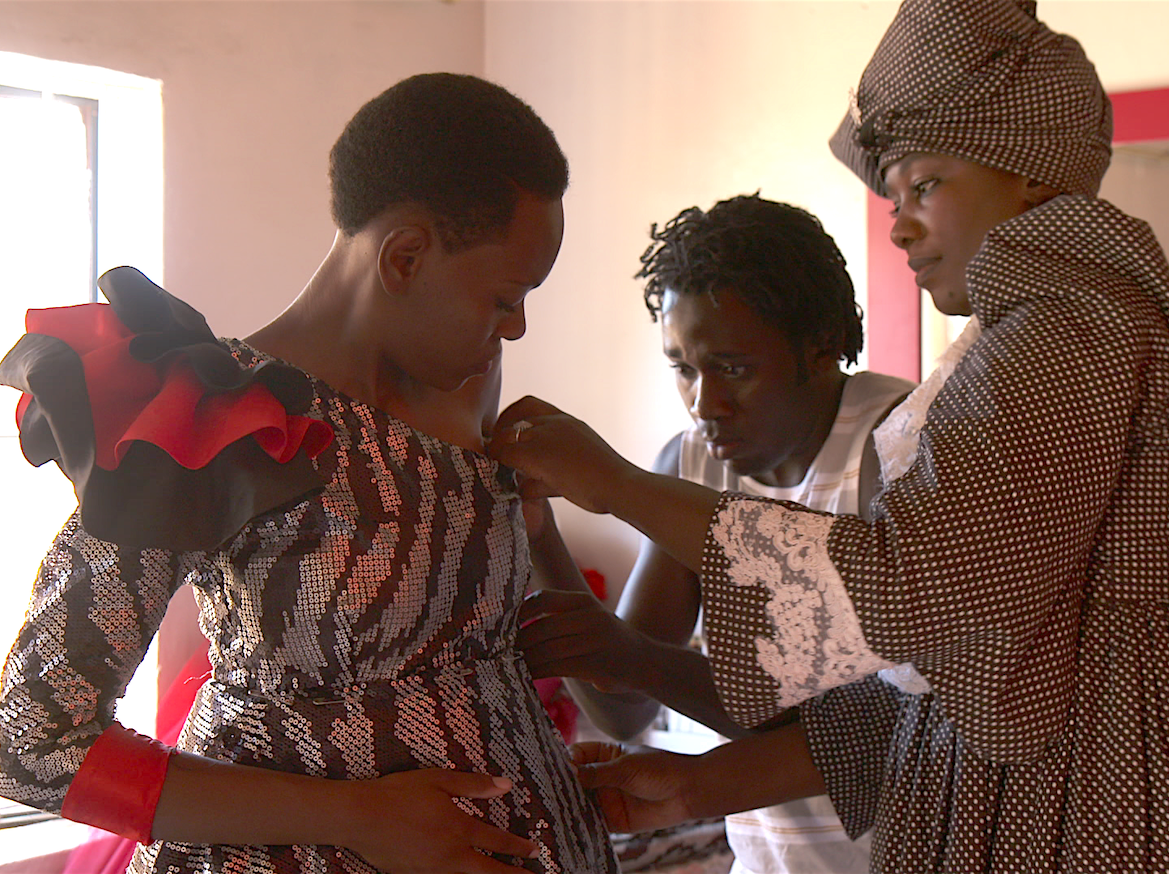NEW DRESSES, DARK PAST – HERERO OF NAMIBIA

Dresses that keep memories alive: young fashion designer Mc Bright Kavari modernises the traditional costumes of the Herero women to remind us of the genocide that was committed against his people.
Herero women in Namibia can be recognised by their enormous Victorian dresses, which seem totally unsuited to the hot African climate. Twenty-two-year-old fashion designer Mc Bright Kavari, himself an Herero, designs dresses to keep alive memories of his people's past. It is the story of a war of extermination waged by the German colonial masters against the Herero people, seen by many historians as the first genocide of the 20th century. The dresses are witnesses of this past, because German missionaries forced the scantily clad Herero women to wear these more respectable clothes. Mc Bright modernises these costumes because he wants young Herero women to remain true to tradition too, and in honour of their ancestors, to keep history alive. In Katutura, the poor district of Windhoek, he is planning his next fashion show. He asks tribal elders for old costumes and the family stories that these costumes tell. With confidence and true Herero pride, Mc Bride Kavari tours both the rural region where his family live and the hectic world of Windhoek. We accompany him on his journey and reveal a hitherto ignored chapter of German history with breathtaking pictures and emotional intensity.